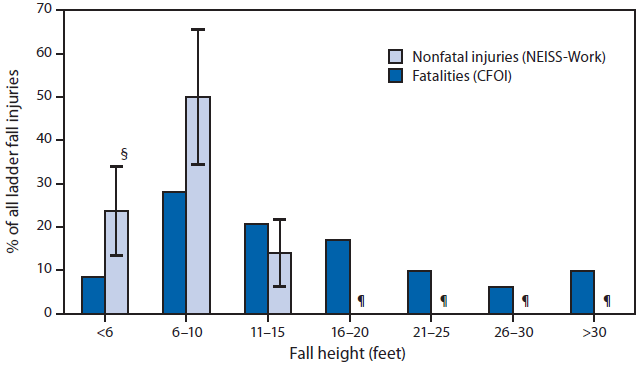MAKE-IT-SAFE MONDAY
In the world of material handling, it is common that workers may be subject to lifting heavy products on a daily basis. How to properly lift an item may seem like a no-brainer, but in fact back injuries are one of the leading causes of time off. In 2001, the Bureau of Labor Statistics reported that over 36 percent of injuries involving missed workdays were the result of shoulder and back injuries. The majority of back injuries occurring at the workplace involve using bad posture while lifting or by attempting to lift a load that is too heavy for their own strength. Today we are going to give a brief reminder on how to properly lift heavy objects in the workplace, in attempts to minimize avoidable lower back injuries.
Expert orthopedic medical doctor, Jonathan Cluett, sets out an easy to follow guideline on lifting heavy materials:
- Plan ahead before lifting. Always be sure that you are aware of your surroundings before lifting a heavy object. Make sure there are no obstructions on your path and that everyone is on the same page if you are lifting with a partner.
- Lift close to your body. You will be a stronger, and more stable lifter if the object is held close to your body rather than at the end of your reach. Make sure you have a firm hold on the object you are lifting, and keep it balanced close to your body.
- Feet shoulder width apart. A solid base of support is important while lifting. Holding your feet too close together will be unstable, too far apart will hinder movement. Keep the feet about shoulder width apart and take short steps.
- Bend your knees and keep your back straight. Practice the lifting motion before you lift the object, and think about your motion before you lift. Focus on keeping you spine straight--raise and lower to the ground by bending your knees.
- Tighten your stomach muscles. Tightening your abdominal muscles will hold your back in a good lifting position and will help prevent excessive force on the spine.
- Lift with your legs. Your legs are many times stronger than your back muscles--let your strength work in your favor. Again, lower to the ground by bending your knees, not your back. Keeping your eyes focused upwards helps to keep your back straight.
- If you're straining, get help. If an object is too heavy, or awkward in shape, make sure you have someone around who can help you lift.
- Wear a belt or back support. If you are lifting in your job or often at home a back belt can help you maintain a better lifting posture.

The biggest thing to take out of today’s blog is don’t overdo it! Do not ever try to lift something too heavy for you, as this is when the potential for injury is highest. If you find that you are incapable to lift a certain load, do not hesitate to seek assistance and get help. By refreshing your knowledge with these simple tips, you will be taking the necessary steps to a healthy lower back.
Thank you for your time and attention. Let’s make it safe this Monday.





